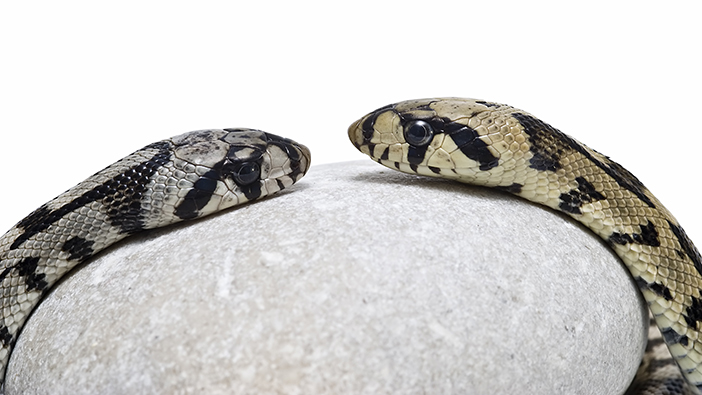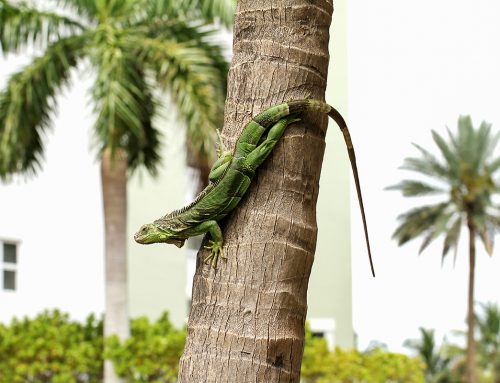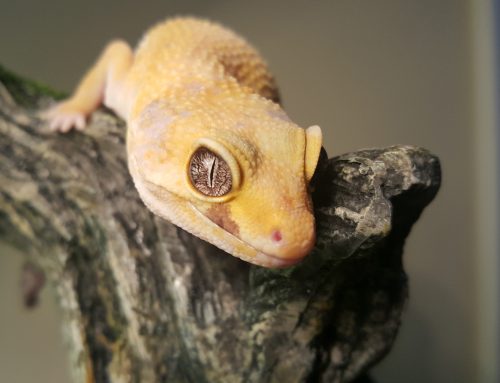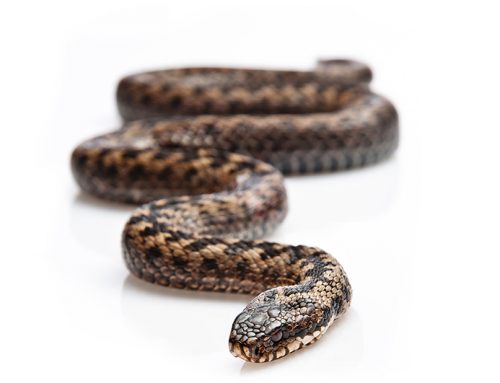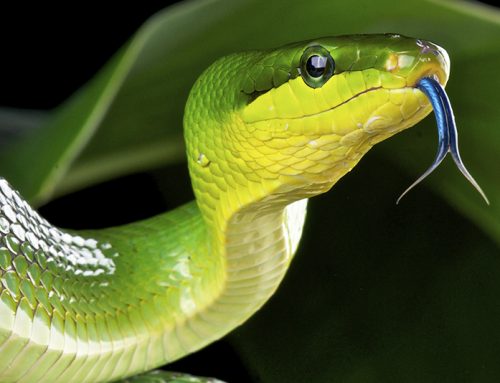What and How Snakes Do What They Do
In honor of Valentine’s Day, it seems only fitting to look at mating in the reptile world, particularly among snakes.
At New England Reptile Shows, we have a baby albino Burmese python, ball pythons, red tail boas, rainbow boas, hog nose and king snakes, rat snakes and more. Here we’re going to give a generalized overview of what “amore” means in the snake world.
Garter and Other Snakes
In some species of snakes, the males compete for the females they want to mate with, not unlike some humans. In this competition, the males engage in a ritual called topping. They twist around each other, even bite each other’s necks. Whoever successfully “tops” the other gets to mate with the female, in theory.
Females usually refuse the males at first because they know when they’re most likely able to have their eggs fertilized. So while the male may try with her, she won’t allow it until the time is right. People who try to breed snakes have learned that there can be several tries before it actually happens, and this is the reason.
Those Wild ‘n Crazy Snakes
When a female snake is ready to mate, she gives off a special scent, or pheromone, that comes from the skin glands on her back. In the wild, a sexually mature male catches this scent and follows her trail until he finds her. He moves the way all snakes do—with hundreds of vertebrae and ribs, as well as the ventral scales on the underside of his body. These scales are like the treads on a tire, gripping the surface to propel snakes forward.
Courting can take several hours, or a whole day. The male bumps his chin on the back of the female’s head and crawls over her. In Boa constrictors, the male will crawl over her and flick his tongue at her, a not-so-subtle way of saying he’s ready to mate. When she’s willing, she’ll raise her tail. The actual act of sex takes less than an hour. Males have not one, but two, organs called a hemipenis, which extend and release sperm. When she’s ready, the female will open her cloaca, and the mating process can take place.
Females reproduce once or twice a year. Most don’t sit on their eggs but will protect them a few days after they’ve left the mother’s body.
Burmese Pythons
These snakes are a little different than your average snake. They reach sexual maturity in four to five years, when the males are 7 to 9 feet, and females at least 9 feet long. Females can lay as many as 100 eggs in March or April. Unlike other snakes, the female coils around her eggs and stays with them until they hatch. She won’t eat during this time, either. Her babies are usually 12 to 18 inches long. Once the babies hatch, they’re on their own. Not much coddling in the snake world.
FUN FACT: What is the biggest snake that ever existed?
We don’t know for sure, but University of Florida paleontologists found fossilized vertebrae of a gigantic snake that was believed to have lived about 60 million years ago in a tropical rainforest that was located where modern-day Colombia is. Called Titanoboa, it was 42 feet long and weighed more than a ton! It ate giant turtles and crocodiles, which may have been merely appetizers for something so huge.
Today, the biggest living snake is hard to identify because there are many different stories and sightings. As far as scientists can say, it appears to be the green anaconda, which weighs in at 441 pounds, still probably just a snack for a Titanoboa.
For more information and fun facts, keep checking our blog.

